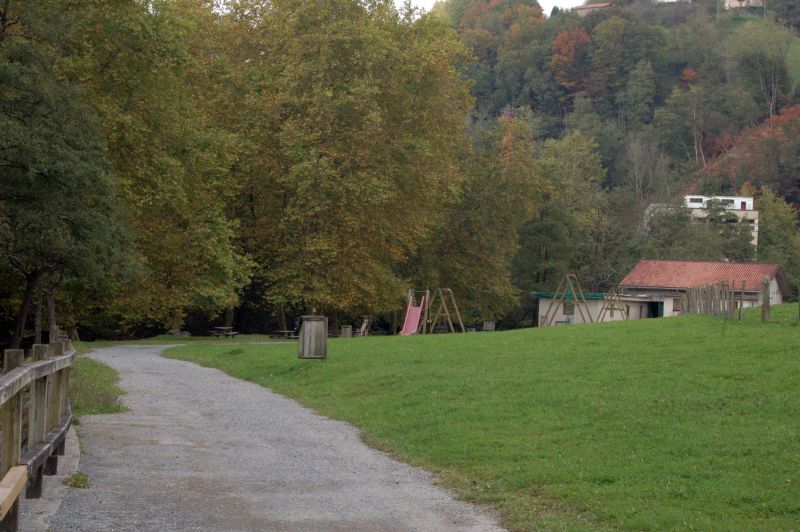
Puntos de Interés

Municipality
Es Castell
In 1554, Emperor Charles V ordered the construction of San Felipe Castle in order to defend Mahón harbour, given that a few years earlier it had suffered a tragic attack by the Ottoman pirate Red Beard. This was the origin of this Menorcan municipality that arose in the suburb that was formed outside the walls of this fortress.To build the castle, workers came from all over the island to build the castle, from stonemasons to bricklayers and carpenters. In order to accommodate this number of people and provide them with shelter during the night, a group of barracks was erected, which over time gradually became a real settlement. The families of the garrison settled in these improvised houses once the works at San Felipe were completed. From the 18th century onwards, two events took place that led to the separation of the town from the castle. The first was the War of the Spanish Succession, when the Habsburg side took advantage of the roofs of the houses to attack the fortress. Then came the British assault of 1713, which led to the first English domination of Menorca. As the settlement was in the way of war operations, the British decided to move it, and in 1771 it was renamed Georgetown in honour of King George III of England.
In 1782, it was reconquered by the Spaniards who renamed it "Villa Real de Carlos III", popularly Villacarlos and, from 1989, it recovered its more popular name of Es Castell.
The long British rule has left an important mark on the town, which is reflected in its streets and architecture. An example of this is the Town Hall, an elegant late 18th-century building with a striking red and white façade in the main square. Next door is the Military Museum, which is housed in a former British barracks.
However, one of the jewels of the municipality is undoubtedly San Felipe Castle, a fortress built in the mid-16th century by Italian engineer Juan Bautista Calvi. It consisted of four bastions linked by curtains, surrounded by a narrow, deep moat dug into the stone. When Charles IV’s troops recovered the island, the king ordered the castle to be demolished, so nowadays only the basement and some superficial ruins remain.
The town is oriented towards the sea, so any stroll through its streets leads to Cales Fonts, an old and typical fishermen's pier which is now occupied by terraces, craft shops and small caves that have been converted into a refuge for fishermen.
Visit Padera Bay and San Esteve Bay to enjoy the tranquillity and beauty of its waters, as well as for its historical interest, as this is where Fort Marlborough is located, and if you walk a little further you will reach Punta Prima, Binibeca or Alcaufar.
Interestingly, Es Castell is the most easterly town on the island and in Spain, making it the first Spanish town to see the sunrise.
The most important festivities in the town are those held in honour of Santiago, which have been celebrated since 1786 and take place between 24th and 26th July.


